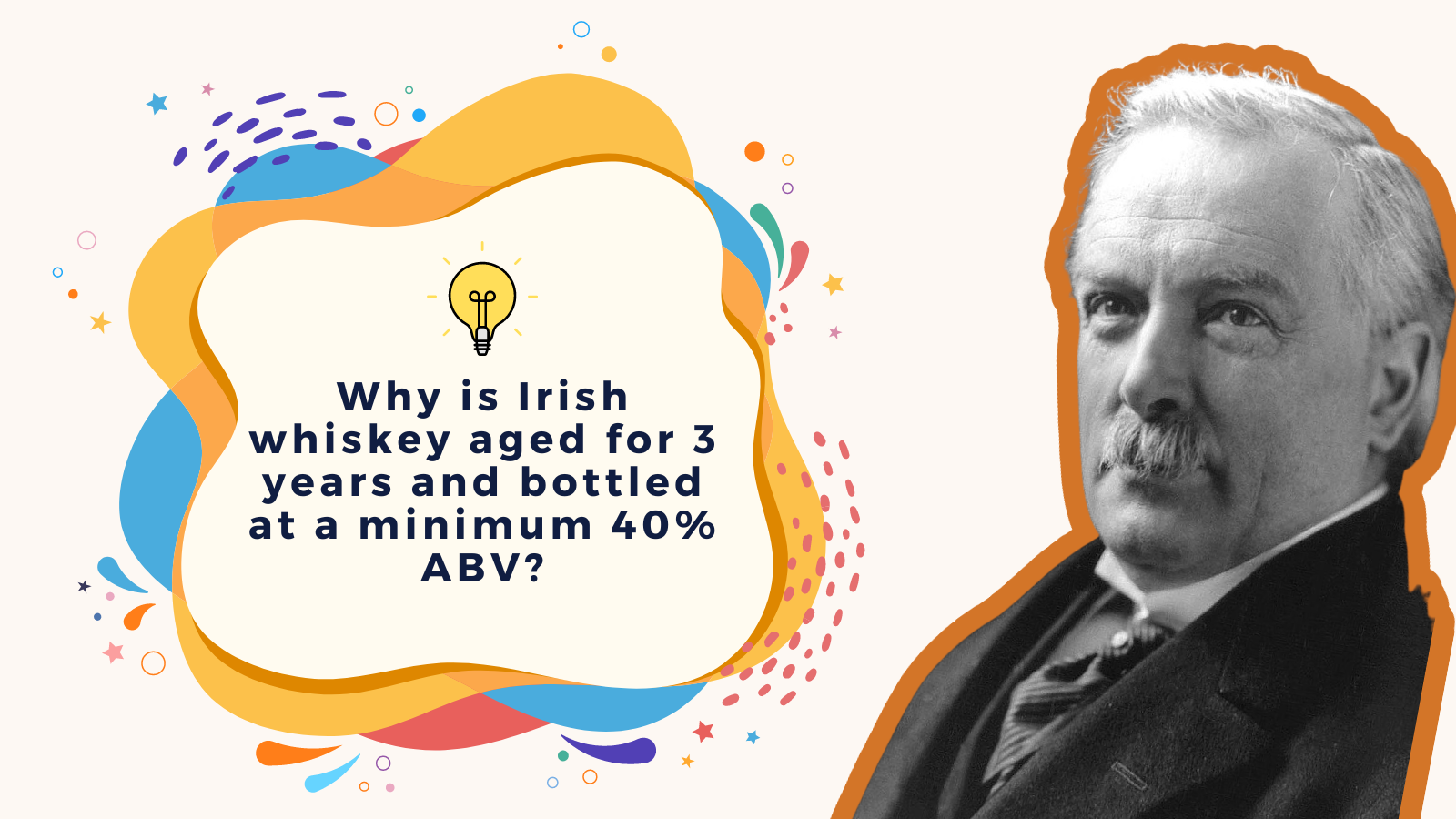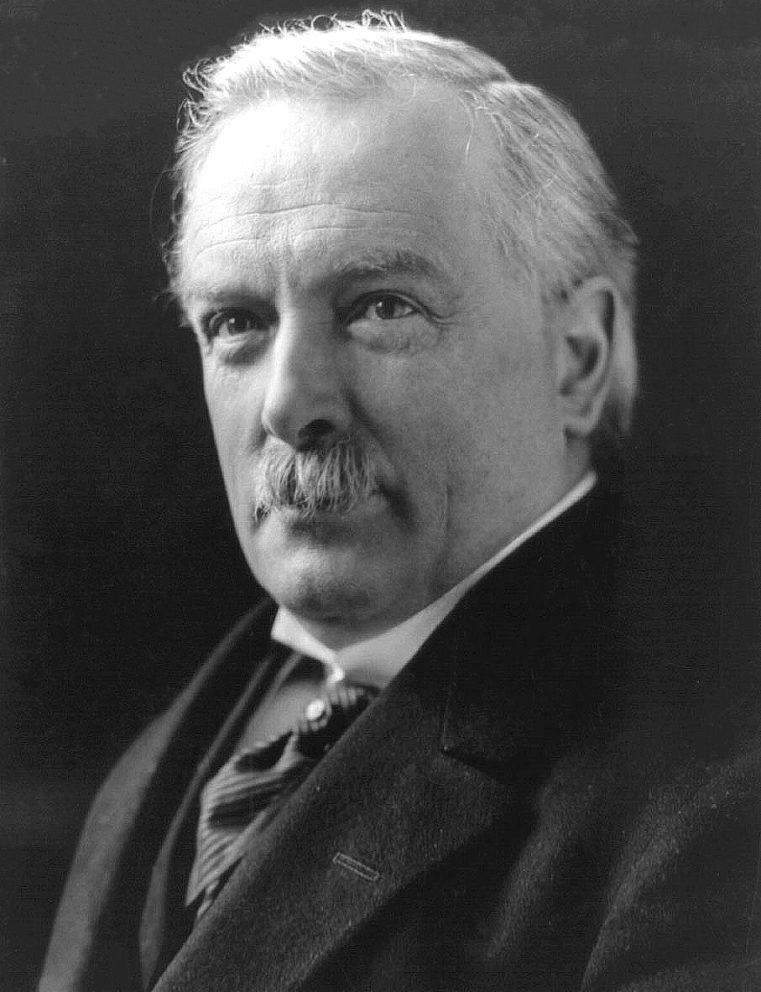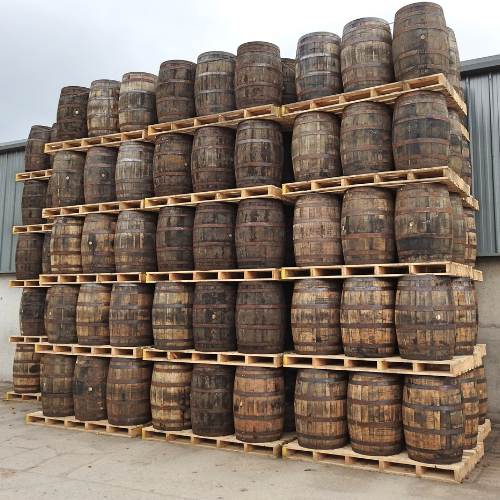
The Fascinating Origin of Irish Whiskey’s Age & ABV
February 15, 2023
Did you know that we have a non-drinking Welshman to thank for the minimum proof and age of Irish whiskey today?
David Lloyd George was the teetotal Chancellor of the Exchequer in the United Kingdom (then including Ireland) in 1915 and during World War 1 saw an opportunity to advance his abstinence ideals by political means.

In an attempt to promote temperance, Lloyd George first proposed doubling the duty on spirits in his 1915 Budget, labeling it as a way for the drinks industry to “do its part” to aid the war effort. However, this was met with staunch opposition from the whiskey industry, who after negotiations, proposed instead to only release whiskeys that had matured for at least three years.
Lloyd George accepted the compromise and backed down on doubling the duty. This compromise also inadvertently led to a degree of quality control now that whiskeys had a minimum aging period.
Later that same year, the (liquor) Control Board under his leadership lobbied for a reduction in the strength of whiskey sold in munitions areas to 50 degrees under proof (28.6% ABV), but again the whiskey industry protested, leading to a compromise that standardized the strength of whisky sold throughout the UK at 42.9% ABV (25 degrees under proof).
On 1 February 1917, the Government, now led by the non-drinking Lloyd George as Prime Minister, set a minimum strength for whiskey at no more than 30 degrees under proof (40% ABV) and a minimum price.
The restrictions were lifted at the end of the war, but in 1920, a rise in duty was implemented and distillers were forbidden from passing on the cost to consumers. This financial burden made it impossible for them to bottle whisky above 40% ABV, which became the standardized minimum strength with three years remaining the minimum aging period to this day; rules that remained in place even after Ireland gained independence as these rules were adopted by European law many years later.

While Lloyd George’s ambitions were to impose his temperance views on the public, he instead established quality control measures that remain in place to this day, however it’s interesting to note that neither the ABV or maturation period established had anything to do with optimal quality or flavor but rather political bargaining.
Let’s raise a glass to Lloyd George. He’d hate that.

